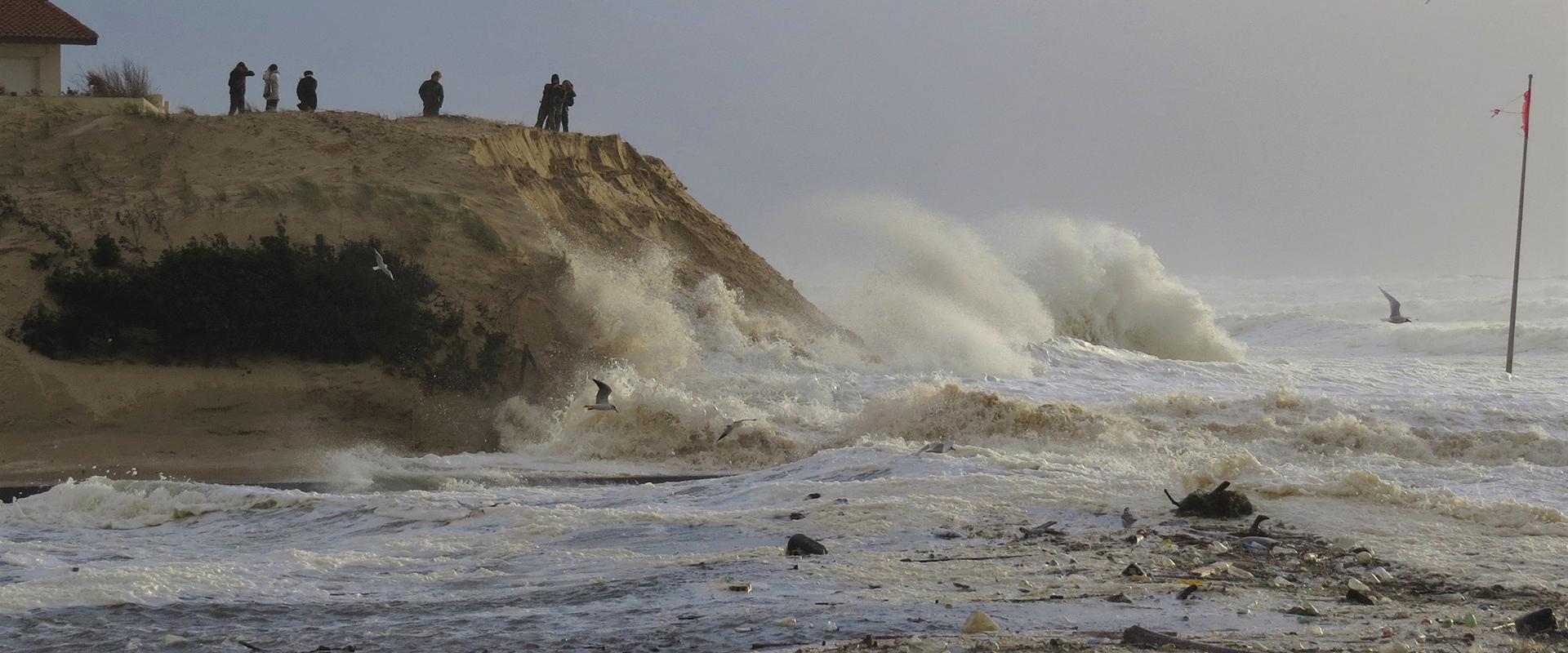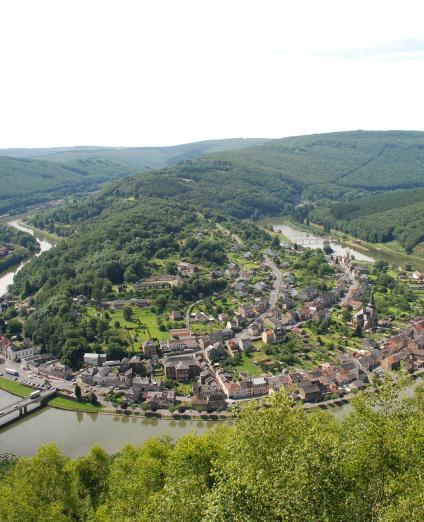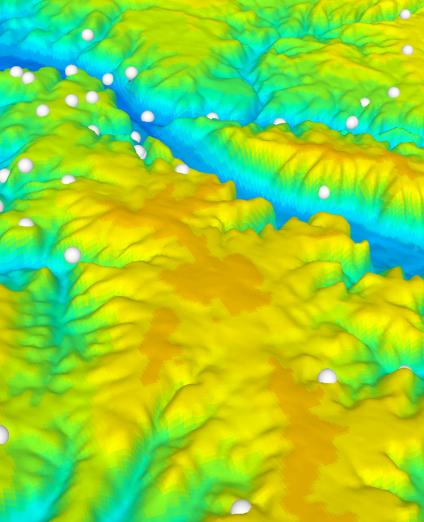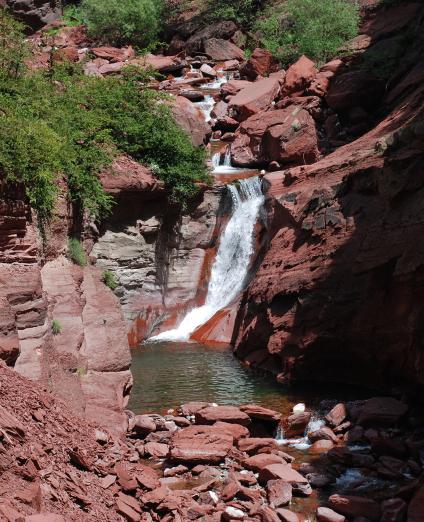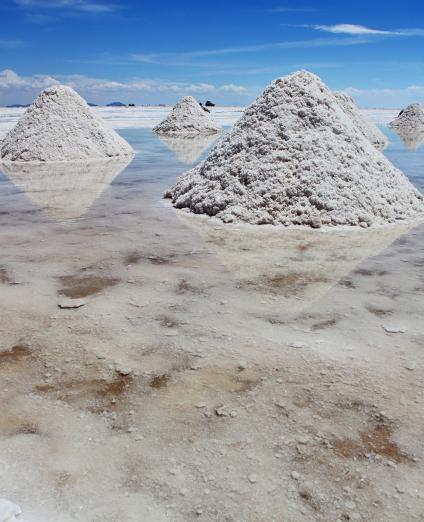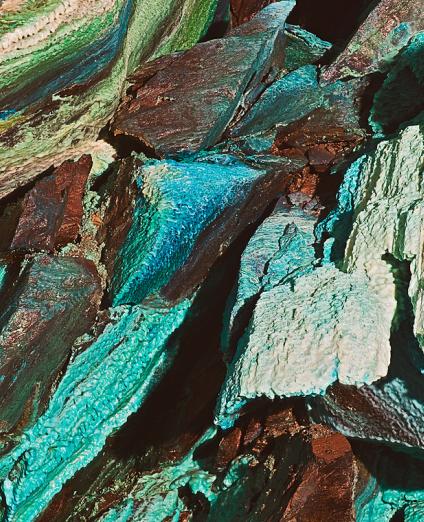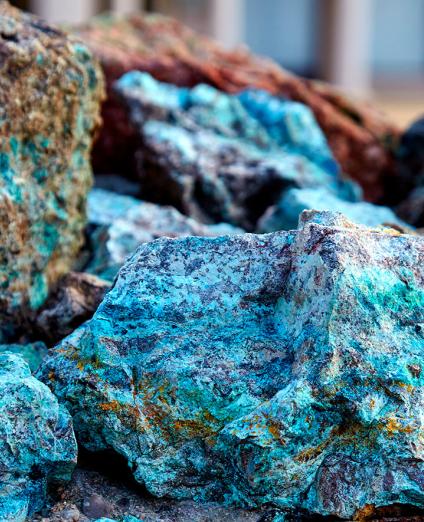Climate change: what can we learn from the 6th IPCC report?
The 6th IPCC report consists of several volumes published between 2018 and 2023. This presentation examines the main points made in the report, focusing on the adaptation aspects.
Europe is threatened by four key risks:
- the impact of heatwaves on human health and ecosystems,
- the loss of agricultural production,
- increasing demand for water resources,
- flooding due to intensified heavy rainfall and rising sea levels.
There are solutions for adapting to these risks provided that climate change is kept as low as possible below 2°C. Many of the solutions would also help to achieve sustainable development goals such as reducing poverty, improving health and well-being, and protecting ecosystems.
Speaker
Gonéri Le Cozannet, BRGM researcher specialising in coastal risks and co-author of the 6th IPCC report.
Gonéri Le Cozannet, co-author of the IPCC report on climate change impacts and adaptation strategies
Transcription
Part 2 of the IPCC report deals with climate change impacts, adaptation and vulnerability.
IPCC Working Group 2 Report Hello, Gonéri, who are you?
I am Gonéri Le Cozannet, I study the impact of climate change on coastal risks, such as coastal erosion and coastal flooding.
What is the IPCC report?
The IPCC report provides information on the current climate situation, the consequences of climate change, how to adapt to it and how to mitigate it. It is the most precise and up-to-date reference report at time T to take stock of what we know about climate change. For example, the report I worked on - the IPCC's Sixth Assessment Working Group 2 report - was written by 270 authors over 4 years and it was revised 4 times by experts and governments. This report is summarized for decision makers and is approved line by line.
What is the Working Group 1 report about?
The Working Group 1 report is about the climate. What do we know today about the climate? The climate is warming: it has risen by 1.1°C above pre-industrial levels in the 19th century. We know that 100% of the climate change observed is caused by greenhouse gas emissions from transport, agriculture, industry energy production, etc. We are also seeing more and more consequences in terms of extreme events, in particular, heat or rainfall like in 2016 in the Paris region and the Loiret. We also know that to mitigate this change, to not exceed 1.5°C, considered a dangerous climate change threshold, we must drastically reduce GHG emissions. We have less than 12 years left at the current rate of emissions. They were the conclusions of the WG1 report. That shows the urgency of climate policies which States adopted in the Paris Agreement of 2015.
What does the 2nd part deal with?
It deals with the consequences, impacts and risks of climate change, and how to adapt. There are chapters on towns and cities, the ocean, terrestrial ecosystems, health. There are also regional reports: Europe, North America, Oceania, Africa, etc. There are also reports on specific questions such as mountains, the means to achieve sustainable development goals while respecting a climate policy. As regards this second report, there are things we were already aware of. We know that climate change has an effect on rainfall, heavy rainfall, heatwaves, the risks of clay shrinkage and swelling. We know that it causes sea level rise. We're seeing the effects. In the United States, high-tide flooding is increasingly frequent due to climate change induced sea-level rise combined with soil subsidence. This will become widespread in the decades to come. Even before this report was published, we already knew a lot about the consequences of climate change. And as climate change continues and accelerates, we discover more and more. There is more and more evidence that what we predicted 20 years ago is taking place now.
The link between climate change and the BRGM?
Geologists are experts on climate history. All our geologist colleagues know about it. So the first IPCC report contains a lot of palaeoclimatic data. The BRGM works on risks and water resources. We know that climate change will have a major effect on the water cycle. Our colleagues working on underground water resources are the first to be able to supply adaptive solutions such as aquifer recharge. Concerning risks, we have several elements. Heatwaves cause a geological phenomenon: clay shrinkage and swelling. This results in cracks in houses. It happened in 2003. The 2003 heatwave was formally attributed to climate change. Our colleagues who study clay are working on this. There are other consequences of climate change. Longer dry seasons in the Mediterranean increase the risk of forest fires. And these forest fires can accentuate soil erosion. These are known as cascading risks. One of the BRGM's specialities is these cascading risks. As well as evaluating risks, we find ways to adapt. There is a movement in France and worldwide to create climate services that will help companies and communities to adapt to climate change. These climate services will develop. Because today we know there is a gap between the need to adapt and the means invested. As regards climate change mitigation, reducing greenhouses gases, the BRGM contributes via two technologies: geothermal energy and the geological storage of CO2. These are very important for the energy transition.
On what topics did you work?
I worked on two reports: the Europe report and the transversal Mediterranean report. I also contributed to the ocean report, with a summary on the effects of sea-level rise and the means of adaptation. 270 people contribute. to this kind of IPCC report. It seems a lot but it isn't, given the number of topics we have to cover. We ask many colleagues to help. These contributing authors do not have access to the entire IPCC report, but they help us to cover their specialist subject. As an IPCC author, you do not limit yourself to your favourite subject. Mine is sea-level rise and coastal risks. We must also cover these topics and help to assimilate the contributions of the contributing authors. I also helped on the topics of towns and cities, migration and key risks, for example, for emblematic cities like Venice that are exposed to sea-level rise.
How do you become an IPCC co-author?
How do you become an IPCC co-author? It's important to clarify that all climate researchers contribute to the IPCC report. Without the articles published on climate change, the impacts, adaptation and mitigation, there is no IPCC report. It is a scientific report and is based on these articles. If you are a researcher and you publish articles, you can contribute. To become a IPCC author, there is a call for applications at the start of each IPCC report cycle. I applied to be an IPCC co-author. There is a selection process, based on your CV and published articles, but equality is respected, gender equality and a balance between regions. Developing countries tend to be underrepresented. And there are others too. The workload is considerable. For an academic, if you're a lead author for the IPCC report, so responsible for organizing sections, it represents a third of your work hours. If you're a coordinating lead author, which is a grade above, you coordinate a chapter - I was a lead author - and it's like a part-time job. When you are co-chair, in charge of an entire report, such as the WG2 report, it's a full-time job or more. You need to be supported. I had the support of the BRGM and my management to write this IPCC report.
Co-author of the IPCC's WG2 report's Europe and Mediterranean chapters

